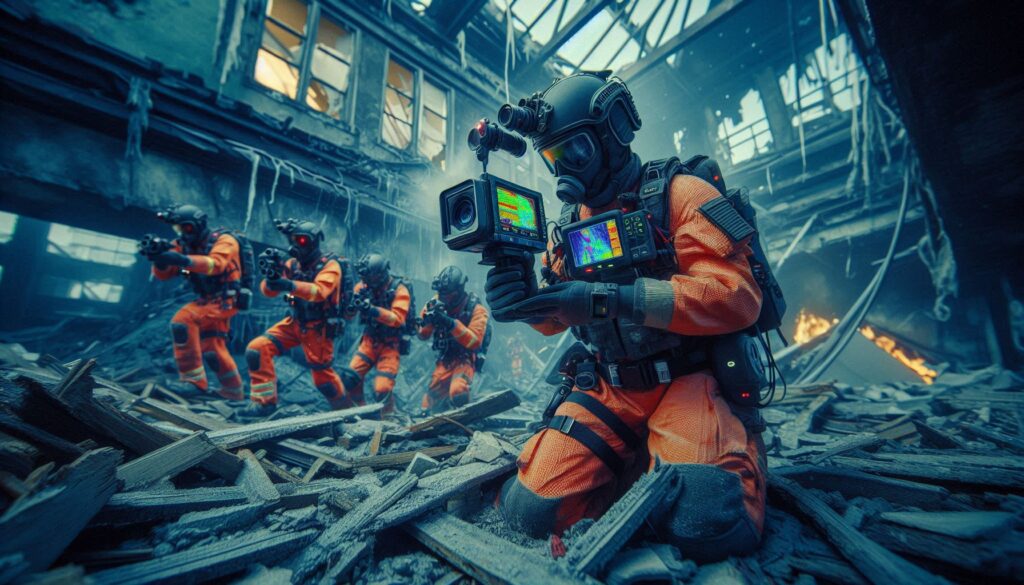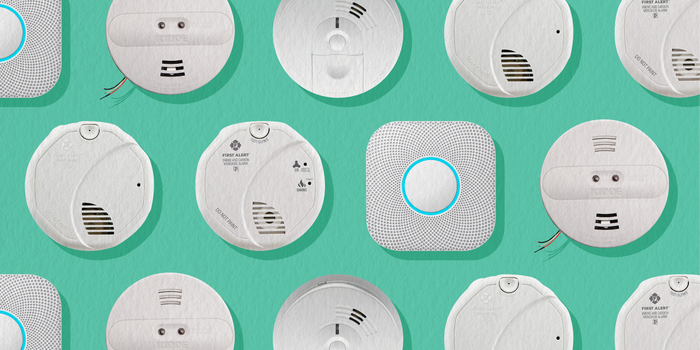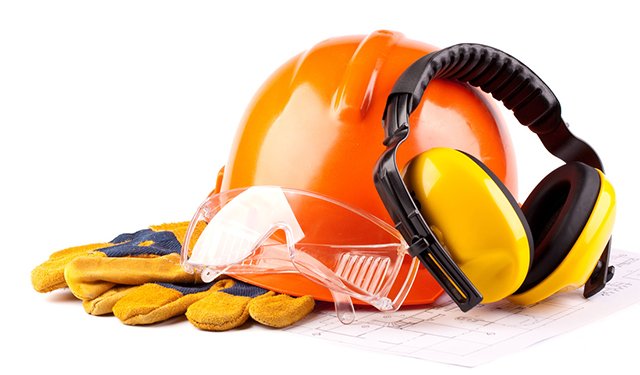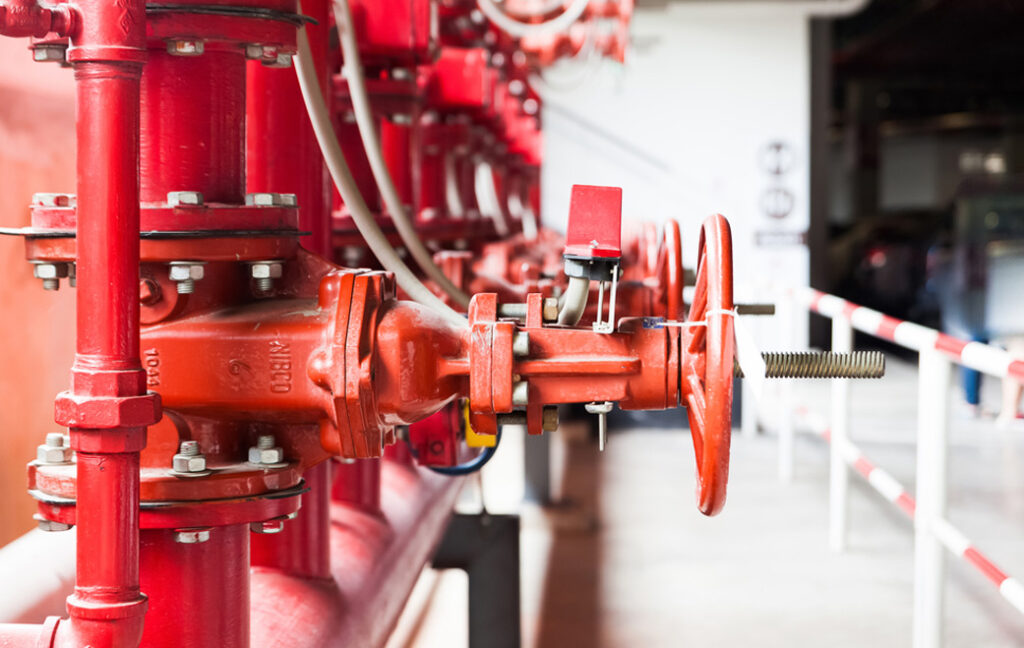Delving into the specialized methods and tools used in urban search and rescue operations.
Urban Search and Rescue (USAR) is a highly specialized field of emergency response dedicated to locating, extracting, and providing medical care to victims trapped in collapsed structures, confined spaces, or other hazardous environments. These operations often occur in the aftermath of natural disasters such as earthquakes, hurricanes, and floods, as well as human-made catastrophes like building collapses, explosions, and terrorist attacks.
USAR teams are the epitome of precision and perseverance, combining advanced technology, rigorous training, and strategic coordination to save lives during some of the most challenging emergencies. This blog post explores the techniques and technologies employed in urban search and rescue operations, shedding light on the extraordinary efforts of these teams and the tools that make their work possible.
The Scope of Urban Search and Rescue
Urban Search and Rescue is a multi-disciplinary effort involving firefighters, paramedics, engineers, and other specialized personnel. These teams operate in environments where traditional emergency services may not be equipped to respond. Their primary tasks include:
- Locating Victims: Using specialized tools and techniques to identify the location of survivors trapped under debris or in inaccessible areas.
- Stabilizing Structures: Ensuring that unstable structures are safe enough for rescuers to enter without causing further collapses.
- Rescuing Victims: Extracting survivors while minimizing the risk of injury to both the victims and the rescue team.
- Providing On-Site Medical Care: Offering immediate medical attention to stabilize victims before transporting them to hospitals.
- Supporting Long-Term Operations: In large-scale disasters, USAR teams may remain on-site for days or weeks, coordinating with other emergency services and providing logistical support.
Techniques in Urban Search and Rescue
USAR operations rely on a variety of specialized techniques tailored to the unique challenges of urban disasters. These techniques are designed to maximize efficiency and safety while minimizing risks to both victims and rescuers.
1. Search Techniques
The first step in any USAR operation is locating victims. Search techniques vary depending on the situation but generally involve a combination of systematic exploration, technology, and human expertise.
- Visual and Audible Searches: Rescuers begin by visually scanning the area for signs of life, such as movement or visible limbs. They also use their ears to listen for sounds like cries for help, tapping, or other noises that may indicate trapped individuals.
- Canine Search Teams: Highly trained search dogs play a crucial role in locating survivors. These dogs can detect human scent through layers of debris, making them invaluable in large-scale operations.
- Grid Searches: Teams divide the disaster site into grids and systematically search each section. This ensures thorough coverage of the area and reduces the chance of missing victims.
2. Structural Stabilization and Assessment
Before rescuers can enter a collapsed building or unstable structure, they must ensure that it is safe to do so. Techniques for structural stabilization include:
- Shoring: Using wooden or metal braces to support weakened walls, ceilings, or beams, preventing further collapse.
- Cribbing: Placing stacks of wooden blocks under debris to stabilize it and create space for rescuers to work.
- Monitoring Structural Integrity: Utilizing sensors and visual assessments to evaluate the risk of secondary collapses.
Structural engineers often work alongside rescuers to provide expert guidance on how to stabilize buildings and safely navigate hazardous areas.
3. Victim Extrication
Once victims are located, rescuers use careful techniques to extract them from the debris. This process requires precision, as improper handling can worsen injuries or cause additional collapses.
- Breaching and Breaking: Rescuers use tools like jackhammers, drills, and cutting equipment to create access points in debris or concrete walls.
- Confined Space Operations: In situations where victims are trapped in tight spaces, rescuers must navigate through narrow openings using specialized equipment and techniques.
- Rope and High-Angle Rescues: In cases where victims are trapped at heights or in precarious positions, rescuers use ropes, harnesses, and pulleys to safely lower or lift them to safety.
4. Medical Care and Triage
On-site medical care is a critical component of USAR operations. Paramedics and medical personnel work alongside rescuers to stabilize victims before extraction.
- Triage: Victims are prioritized based on the severity of their injuries, ensuring that those in critical condition receive immediate attention.
- Advanced Life Support (ALS): Many USAR teams are equipped to provide ALS, including administering IV fluids, oxygen, and pain relief.
- Psychological Support: Rescuers also provide emotional support to victims, who may be in shock or experiencing trauma.
Technologies in Urban Search and Rescue
Modern USAR operations rely heavily on advanced technologies to enhance efficiency, accuracy, and safety. These tools have transformed the way teams approach complex rescue scenarios, enabling them to save lives in even the most challenging conditions.
1. Search and Detection Tools
Technology plays a vital role in locating victims who are trapped or otherwise inaccessible. Some of the most commonly used tools include:
- Acoustic Sensors: Devices that detect sounds, such as tapping or cries for help, from beneath rubble.
- Thermal Imaging Cameras: These cameras detect heat signatures, allowing rescuers to identify survivors even in complete darkness or dense debris.
- Ground-Penetrating Radar (GPR): GPR uses electromagnetic waves to detect voids or movements beneath rubble, providing vital information about potential survivor locations.
2. Drones and Robots
Drones and robots have become indispensable in USAR operations, particularly in situations where it is unsafe or impractical for human rescuers to enter.
- Aerial Drones: Equipped with cameras and sensors, drones provide aerial views of disaster sites, helping teams assess damage and locate victims in inaccessible areas.
- Robotic Crawlers: Small, remote-controlled robots can navigate through tight spaces and debris, transmitting real-time video and audio to rescuers.
- Search-and-Rescue Robots: Some robots are equipped with arms or tools to assist in clearing debris or even delivering supplies to trapped victims.
3. Communication Technologies
Effective communication is critical during USAR operations, especially in large-scale disasters involving multiple agencies. Modern communication tools include:
- Two-Way Radios: Rescuers use rugged, reliable radios designed for use in hazardous environments.
- Satellite Phones: In areas where traditional communication networks are down, satellite phones provide a lifeline for coordination.
- Incident Command Systems (ICS): Digital platforms allow teams to share information, track resources, and coordinate efforts in real-time.
4. Mapping and Visualization Tools
Mapping technologies help USAR teams understand the layout of disaster sites and plan their operations effectively.
- 3D Mapping: Drones and cameras capture images of the disaster site, which are then used to create detailed 3D models.
- Geographic Information Systems (GIS): GIS platforms integrate data such as terrain, building layouts, and weather conditions, providing a comprehensive view of the site.
- Augmented Reality (AR): AR tools overlay digital information onto the real-world environment, helping rescuers visualize structural risks or plan extraction routes.
5. Wearable Technology
Wearable devices enhance the safety and efficiency of USAR personnel by providing real-time data and monitoring their health.
- Body Cameras: Wearable cameras allow team leaders to monitor rescuer activities and provide guidance remotely.
- Health Monitors: Devices such as heart rate monitors and oxygen sensors track rescuers’ vital signs, ensuring they stay within safe limits during physically demanding operations.
- Augmented Reality Glasses: AR glasses can display building blueprints, survivor locations, or other critical information directly in the rescuer’s field of view.
The Future of Urban Search and Rescue
As technology continues to advance, the future of USAR holds even greater potential for saving lives. Emerging trends and innovations include:
- Artificial Intelligence (AI): AI algorithms can analyze data from sensors, drones, and cameras to identify potential survivor locations more quickly and accurately.
- Autonomous Robots: Fully autonomous robots are being developed to perform search-and-rescue tasks without human intervention, reducing risks to rescuers.
- Smart Cities: In smart cities, buildings equipped with IoT sensors can provide real-time data about structural integrity and occupant locations during disasters.
Conclusion
Urban Search and Rescue is a field defined by innovation, collaboration, and unwavering dedication to saving lives under the most challenging circumstances. From advanced search techniques to cutting-edge technologies, USAR teams continue to push the boundaries of what is possible in disaster response.
As the frequency and severity of urban disasters increase, the importance of investing in USAR capabilities cannot be overstated. Through continued advancements in techniques and technologies, these teams are not only responding to emergencies but also inspiring hope and resilience in the face of adversity.





